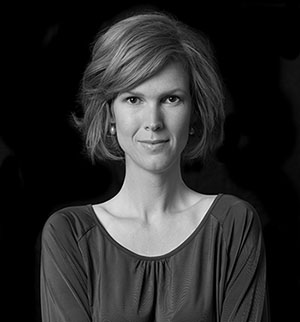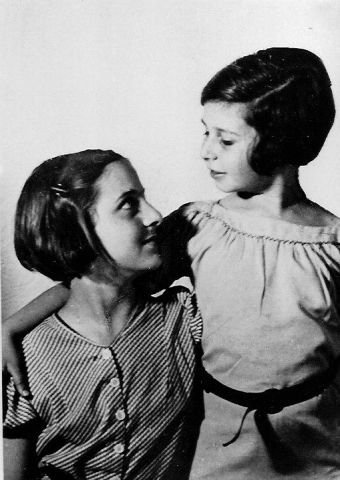
Sanne van Heijst
Ten years ago, Sanne van Heijst was working on developing teaching materials at the museum of Konzentrationslager Herzogenbusch, or Vught, a former concentration camp in the Netherlands. Van Heijst was looking for a way to get through to the students who would visit the museum.
“I was looking for a common thread that would help pupils to make a connection between the different groups of prisoners from the camp and the different events that happened,” she said.
When a gentleman approached her about his project to raise awareness of the Philips-Kommando, van Heijst knew she had found the story she was looking for.
The Philips-Kommando was a similar situation to the more well-known “Schindler’s list.” Around 1,200 prisoners, both Jews and non-Jews, at Vught worked at a Philips factory and were known as the Philips-Kommando. Though the workshop was within the concentration camp, those who worked there had better living conditions, including a hot meal each day, and an increased chance of survival.
Van Heijst was able to hear Luner Nothmann tell her story through the testimony she had recorded.
Van Heijst decided to focus on one member in particular of the Philips-Kommando in her curriculum, Holocaust survivor Gerda Luner Nothmann. A Jewish teenager at Vught, Luner Nothmann was selected to be part of the Philips-Kommando. She was eventually deported to Auschwitz, but was saved there because she had learned to make radio tubes at the Philips factory. The Nazis put her to work at the Telefunken factory.
Though Luner Nothmann passed away in 1999, van Heijst was able to hear her tell her own story through the testimony she had recorded for the Visual History Archive and the memoirs she had written, as well as get to know the people who had known her.
“[Luner Nothmann’s] family lived in the U.S., and when I presented the new guided tours that belonged to the teaching package, I invited them to come to the Netherlands and be part of the presentation,” van Heijst said.

“Gerda’s former classmate then asked me to help him because he wanted to ‘make a circle round,’ as he called it,” she said. “He once started his foundation because of what he read in Gerda’s memoirs.”
The project soon took on a life of its own, however, and become a new book about Luner Nothmann’s life. In addition to her memoirs and testimony, van Heijst spoke to her family as well as other women who had been a part of the Philips-Kommando.
“Besides this personal story, there is also a macro story in the book,” she said. “This is about the Philips company from the Netherlands and how they managed to save several hundreds of Jews from the hands of the Nazis.”